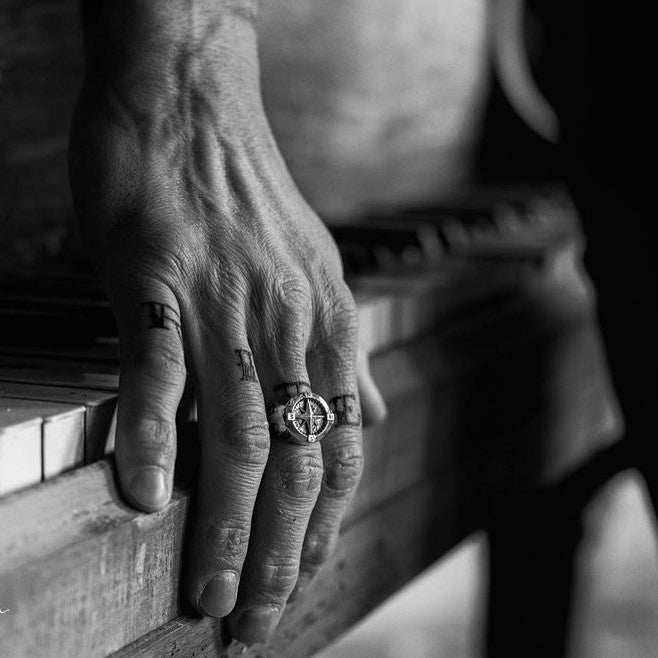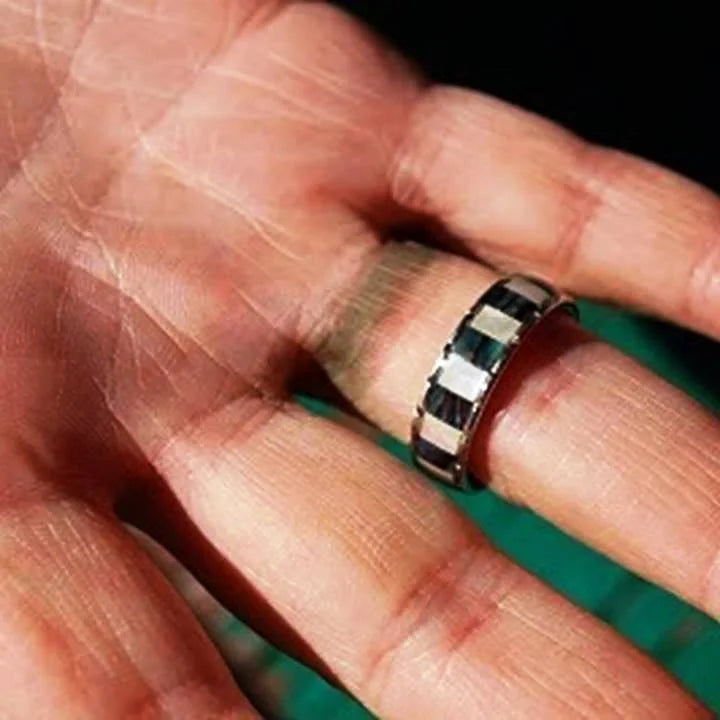Are you grappling with questions about silver tarnish? From understanding the difference between pure silver and 925 sterling silver to exploring effective prevention methods, this guide unravels the mysteries surrounding tarnish. Get ready to elevate your silver jewelry care game with insightful answers and practical tips.
1. Difference Between Pure Silver & 925 Sterling Silver
Understanding the composition of your silver is crucial in comprehending tarnishing. Pure silver, also known as fine silver, consists of 99.9% silver and is relatively soft for jewelry use. On the other hand, 925 sterling silver is an alloy made up of 92.5% silver and 7.5% other metals, usually copper. This alloy is more durable, making it a popular choice for jewelry. The presence of alloy components in sterling silver influences its susceptibility to tarnishing compared to pure silver.
2. Does 925 Sterling Silver Tarnish?
Yes, 925 sterling silver can tarnish. The 7.5% alloy component, typically copper, makes sterling silver more prone to oxidation. Tarnishing occurs as a natural reaction between the silver and elements such as sulfur, moisture, and oxygen in the air. While tarnish is inevitable, understanding the unique properties of sterling silver empowers you to take proactive measures to minimize its impact.
3. Is Tarnish Different from Rust?
Tarnish and rust are distinct phenomena. Tarnish is a surface reaction on silver due to the exposure to environmental elements, primarily sulfur compounds. Rust, on the other hand, is the result of the oxidation of iron. Understanding this difference is crucial, as the preventive measures for each are specific to the chemical properties involved.
4. How Quickly Does Silver Jewelry Tarnish?
The speed at which silver jewelry tarnishes varies based on environmental factors and how frequently the jewelry is worn. Humidity, air quality, and exposure to certain substances like perfumes can accelerate tarnishing. Regular wear can actually slow down tarnishing, as the natural oils from your skin form a protective layer on the silver.
5. How Does Tarnishing Impact the Color of Silver Jewelry?
Tarnishing on silver jewelry manifests in various ways, starting with a soft patina and progressing to a darker tarnish over time. Some individuals appreciate the aged, antique look that tarnish imparts, while others prefer to maintain the original luster. Understanding the evolving color spectrum of tarnish empowers you to make informed decisions about preserving or restoring your jewelry's appearance.
6. How to Keep Silver from Tarnishing
-
Keep Away from Moisture: Store your silver jewelry in a dry environment to minimize exposure to moisture, which accelerates tarnishing.
-
Invest in Silver Care Products: Use anti-tarnish solutions, polishing cloths, and storage containers designed to protect silver from tarnish.
-
Keep Harsh Chemicals at Bay: Avoid exposing your silver jewelry to harsh chemicals found in cleaning products, perfumes, and lotions, as these can expedite tarnishing.
-
Clean Sterling Silver at the Very Initial Stage of Tarnishing: Regularly inspect your silver for early signs of tarnish, and clean it promptly to prevent advanced tarnishing.
-
Wear It Often: Surprisingly, regular wear can help slow down tarnishing by preventing the buildup of tarnish-inducing substances and forming a protective layer on the silver.
Navigate the intricacies of silver tarnish with confidence armed with detailed insights. Whether you're considering the alloy composition, understanding the science of tarnish, or implementing meticulous prevention methods, this guide equips you to preserve the beauty of your silver jewelry for generations. From recognizing early signs of tarnish to adopting preventative measures, make informed decisions to keep your silver radiant and timeless.







